Although many of the objects you see and use everyday are made with different types of minerals, you probably don’t spend a lot of time thinking about underground mining and underground mining technology.
Here are 8 things you didn’t know about underground mining.
1. Underground mines can reach extreme depths
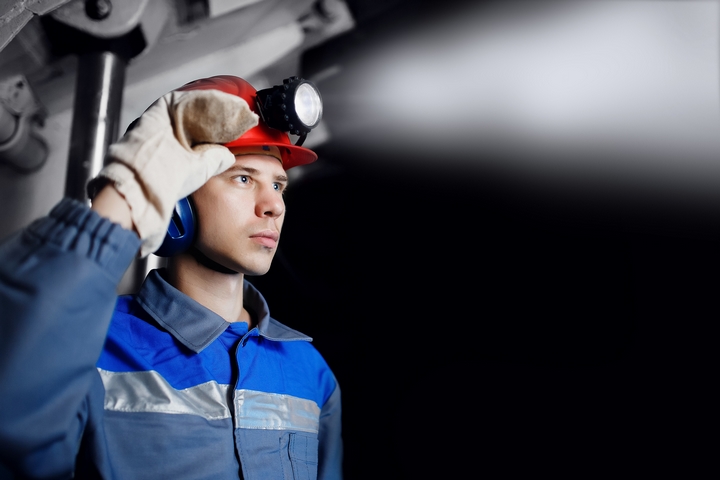
Unlike surface mines that can’t really go down more than 200 feet into the Earth, underground mines can reach some extreme depths. Underground coal mines can reach depths of around 2,500 feet, while some underground uranium mines can go as deep as 6,500 feet.
2. There are hard rock underground mines
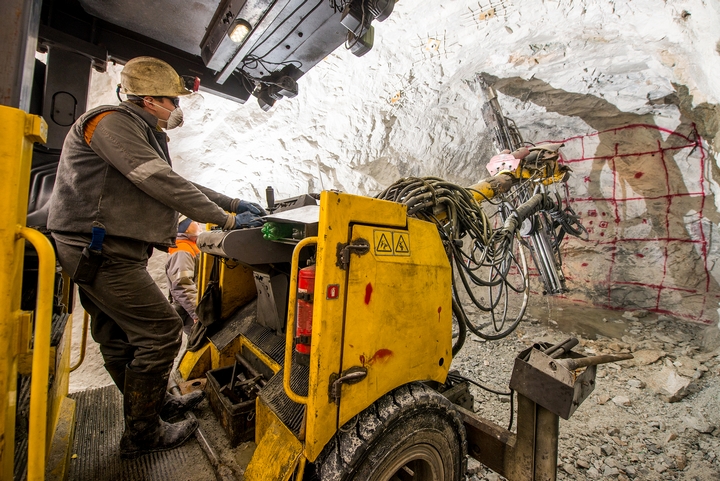
There are two types of underground mines. In hard rock underground mines, hard minerals containing gold, silver, copper, zinc, iron, nickel and lead are excavated. Different extraction methods can be used in hard rock underground mines, depending on the kind of deposits that are found.
3. And there are soft rock underground mines
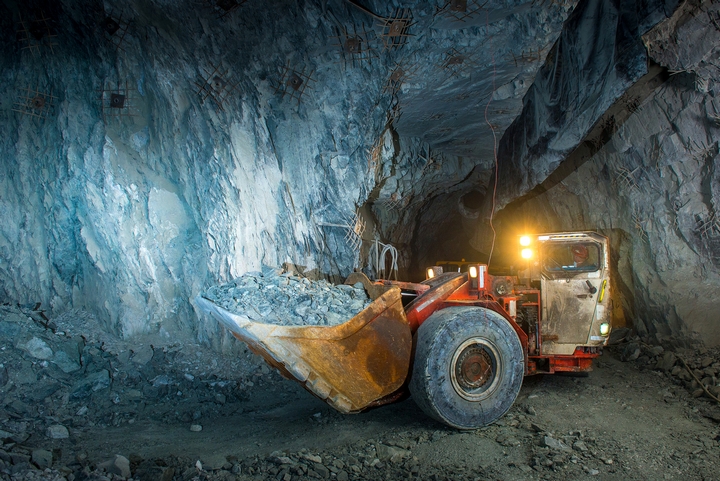
Soft rock underground mines are the ones that extract coal, oil shale, potash, and other minerals that are hiding inside sedimentary rocks, or soft rocks. Since the deposits found in soft rock mines are layered and not as hard as hard rocks, different underground mining techniques are used.
4. All underground mines have some things in common
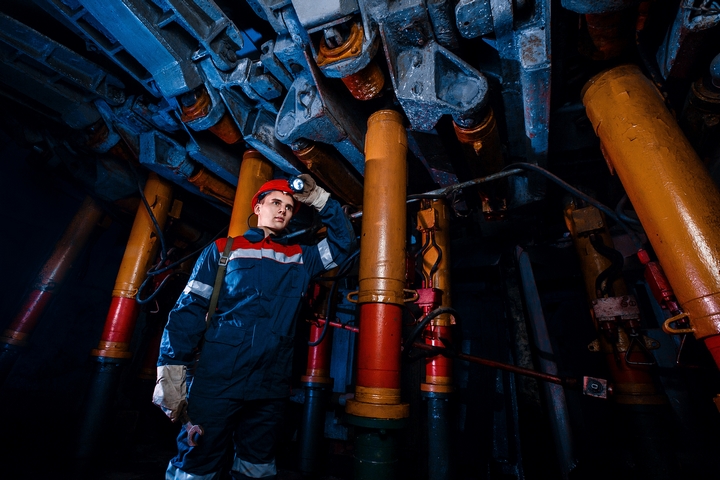
Each underground mine is unique, but they all have at least a few things in common. They all have access shafts for workers and equipment, recovery shafts to bring excavated rocks to the surface, and ventilation shafts. They also all rely on a communication system between the depths of the mine and the surface.
5. Underground mining technology is always evolving

Back in the days, miners used only shovels, and brought canaries with them in coal mines as a warning system. Today, different underground mining technology solutions are used to ensure the safety of the miners, to simplify different operations and to increase the productivity of underground mines.
6. Underground mining is more expensive than surface mining
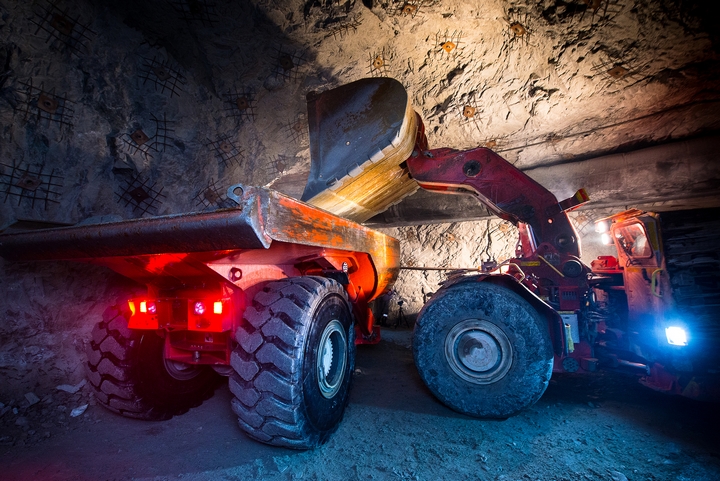
Due to the tools and the equipment that are being used, as well as to everything related to the safety and the health care of the miners, underground mining is a lot more expensive than surface mining. Greaters risks are also involved for miners working in underground mines.
7. Underground mines are an investment than can pay off

The risks and the costs are more important than they are for surface mining, but underground mining is an investment than can pay off. If an underground mine is well managed and uses the right tools, technologies and safety measures, it can generate a lot of money.
8. There are different ways to manage the environmental impacts

Unfortunately, underground mining can have several negative impacts on the environment. Different steps can be taken to reduce those impacts: for example, energy efficient vehicles that use less fuel can be used, and areas where mining has occured can be planted with vegetation after the mine closes.

